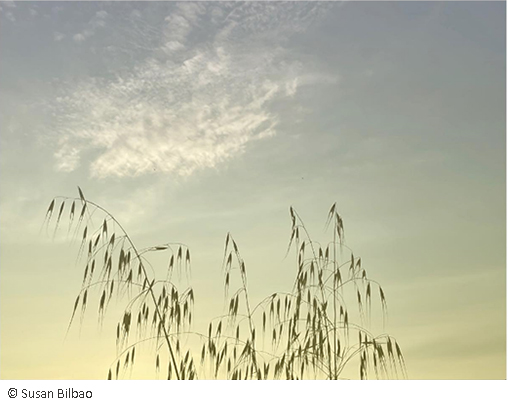TITULO
© Guillermo Labarca
 In recent months we have seen many photographs that cause horror: Ukraine, Palestine, Gaza and Israel, Nagorno-Karabakh, the arrival of migrants to the Canary Islands and boats in the Mediterranean, forced migrations, feminicide cases and many others that show us destruction, death, wounded, filth, fear and misery, dispossessed or abandoned children and elderly. We assume that there are many more photos of similar horrors and that we will not see them because they are not published. It is not possible to be indifferent to these images if we consider ourselves human.
In recent months we have seen many photographs that cause horror: Ukraine, Palestine, Gaza and Israel, Nagorno-Karabakh, the arrival of migrants to the Canary Islands and boats in the Mediterranean, forced migrations, feminicide cases and many others that show us destruction, death, wounded, filth, fear and misery, dispossessed or abandoned children and elderly. We assume that there are many more photos of similar horrors and that we will not see them because they are not published. It is not possible to be indifferent to these images if we consider ourselves human.
At the same time we have seen photos of well-dressed and well-eaten ladies and gentlemen who “resolve” all these conflicts and all these miseries in high-level meetings from which statements come out and little else.
Important chroniclers of these events have been photographers. The images they give us narrate events that, like all events, are susceptible of interpretation. The photographer says “this is what I saw, this is what I show,” but the images he or she shows necessarily carry a story that is based on the perception that they had of the events that he or she captured with their camera.
There is, then, a vision, a subjective component in the photographic chronicle, in the narrative that accompanies the images. Do these photographs lose value when we confirm that whoever made them and/or who publishes them has an opinion about the facts they illustrate which are inserted in the story? The answer is simply no, they do not lose value. Quite the contrary, because no matter how subjective and intentional the photographs are, they illustrate real events and shed clarity on them, which forces us to think and take a position regarding the world around us. Only by reacting to these images and their story will it be possible to find a path that leads us to a truly more human world.

